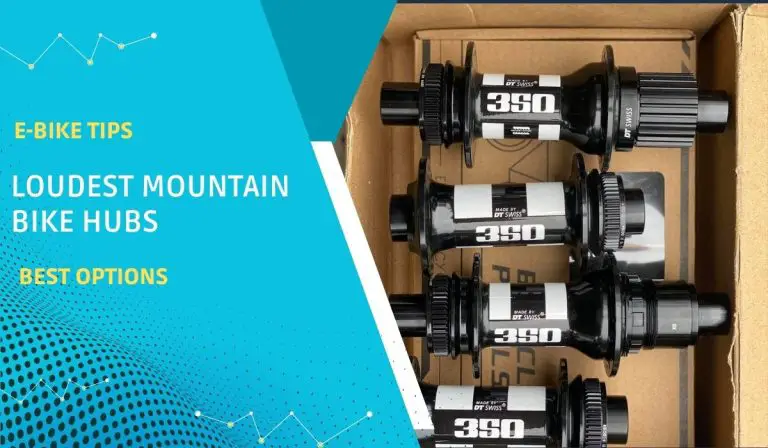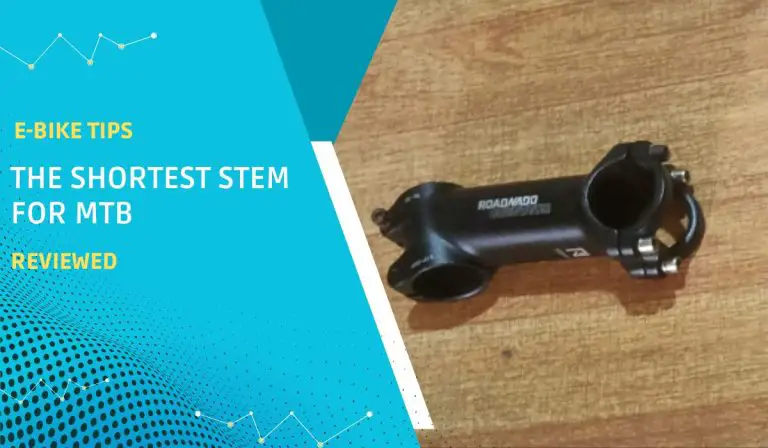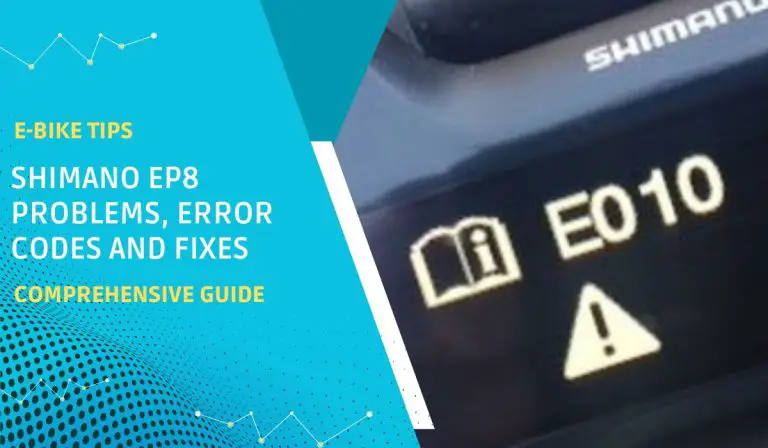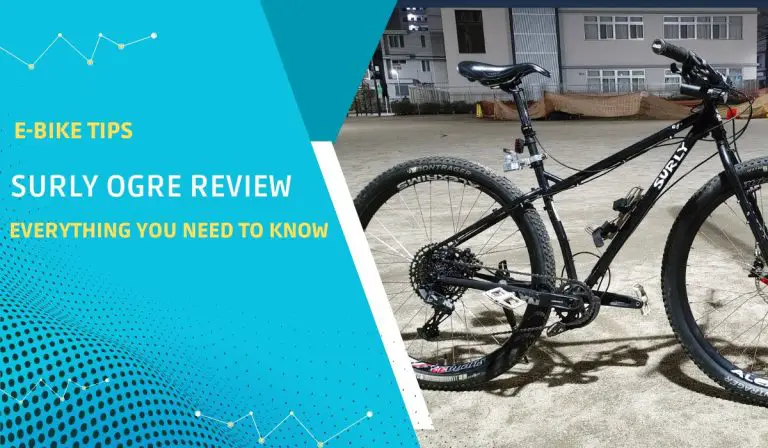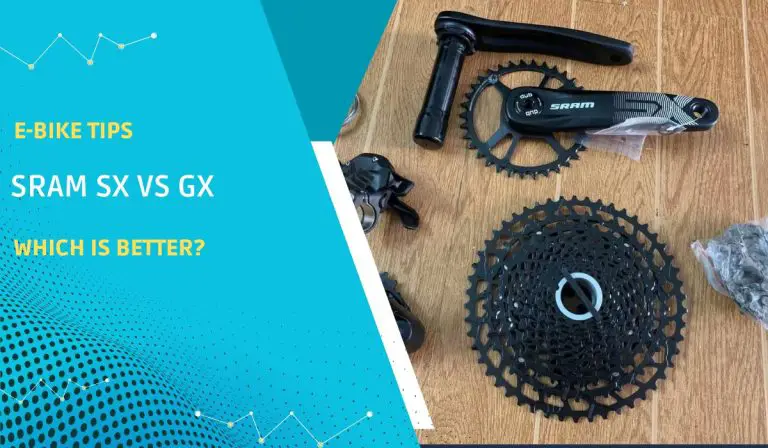The loudest mountain bike hubs are the Chris King R45, White Industries XMR, Project 321 Magnetic, Spank Hex Drive, and DT Swiss 350. These hubs are all known for their loud sound, durability, and performance.
I love the sound of my wheels spinning. I guess that’s a common thing among mountain bikers. There’s something satisfying about the click-clack of the pawls engaging and disengaging as I pedal. But for some riders, the louder the hub, the better. If you’re one of those riders, then you’re in luck. There are a number of loud mountain bike hubs on the market, each with its own unique sound.
In this article, I’ll share my experience with some of the loudest mountain bike hubs on the market. I’ll also give you some tips on choosing the right loud hub for your needs.
Skip To Section Here
Top 5 Loudest Mountain Bike Hubs
Some of the loudest mountain bike hubs are:
- Chris King, R-45
- White Industries XMR
- Project 321 magnetic
- Spank hex drive
- DT Swiss 350
1. Chris King, r-45
The Chris King R45 is a high-end mountain bike hub known for its loud sound, durability, and performance. The 72 pawls that engage and disengage as the wheel rotates give it a distinctive “angry bee” sound.
The R45 is made from high-quality materials, including heat-treated stainless steel bearings and aluminum axles. It is also hand-built in the United States, which ensures its high quality and durability. The R45 is a popular choice for riders who want a loud hub built to last.
Pros:
- Loud sound
- Durable construction
- High-quality materials
- Lifetime warranty
Cons:
- Expensive
- Not the lightest hub on the market.
2. White Industries XMR
The White Industries XMR hub is a high-end mountain bike hub known for its loud sound, durability, and performance. The 32 pawls that engage and disengage as the wheel rotates give it a distinctive “clacking” sound.
The XMR is made from high-quality materials, including heat-treated stainless steel bearings and aluminum axles. It is also hand-built in the United States, which ensures its high quality and durability.
Pros:
- Durable
- The new 48-tooth ratchet ring and pawls make the engagement very good.
- Easy to work on
- Famous for rolling well.
Cons:
- Expensive
- Not the lightest hub on the market.
3. Project 321 Magnetic
The Project 321 Magnetic Hub is a unique hub that uses magnets instead of pawls to engage and disengage. This makes it incredibly quiet when coasting but produces a loud clicking sound when pedaling.
The hub is made from high-quality materials, including 6061 aluminum and stainless steel bearings. It is also hand-built in the United States, which ensures its high quality and durability.
Pros:
- Quiet when coasting
- Magnetic pawls
- Loud clicking sound when pedaling
- Smooth and efficient engagement
Cons:
- Expensive
- Some early problems, like skipping or binding,
4. Spank Hex Drive
The Spank Hex Drive hub is a high-performance mountain bike hub known for its durability, lightweight, and high points of engagement (POE). It is a slight spin-off of the Tairin MK2 Shogun hubs, known for their reliability and performance. It has a 102 POE, meaning it engages with the freehub body 102 times per revolution.
The Hex Drive hub provides rapid and efficient engagement, which is important for riders who want to make quick starts and climbs. The hub also has 6 pawls with 3 teeth on each pawl, meaning there are 18 teeth engaged at any given time. This helps to provide a smooth and consistent ride. It is also very durable. It is made from high-quality materials, including 7075 aluminum and stainless steel bearings.
Pros:
- Affordable price
- High POE
- Sealed bearings
- Available in a variety of colors
Cons:
- Not the lightest hub on the market.
- Not as many engagement points as some other hubs
5. DT Swiss 350
The DT Swiss 350 hub is popular for mountain bikers because it combines strength, affordability, and reliability. It is made from high-quality materials, including 7075 aluminum and stainless steel bearings. It is also sealed to keep out dirt and moisture.
The 350 hub has a 36-point engagement, meaning it engages with the free body 36 times per revolution. This provides quick and efficient engagement, which is important for riders who want to make quick starts and climbs. The hub also has 3 pawls with 12 teeth on each pawl, meaning there are 36 teeth engaged at any given time. This helps to provide a smooth and consistent ride.
Pros:
- Strong construction
- Affordable
- Reliable
- Easy to service
Cons:
- Not the lightest hub on the market.
Comparison of the Loudest Mountain Bike Hubs
| Features | Chris King, r-45 | White Industries XMR | Project 321 Magnetic | Spank Hex Drive | DT Swiss 350 |
| Price | $460 | $450 | $599 | $350 | $230 |
| Weight (g) | 224 (Shimano) +/- 5%, 232 (Campy) +/- 5% | 268 (Shimano), 276 (Campy) | 290 (Shimano), 298 (Campy) | 350 (Shimano), 358 (Campy) | 350 |
| Engagement points | 45 points of engagement and 4° of freehub rotation | 48 points of engagement and 7.5° of freehub rotation | Magnetic pawls with a total of 216 points of engagement and 1.6° of freehub rotation | Hex drive with a total of 102 points of engagement and 3.5° of freehub rotation | Hex drive with a total of 102 points of engagement and 3.5° of freehub rotation |
| Axle compatibility | QR, Thru-Axle, Boost, Super Boost, Lefty Supermax, and Torque Cap compatible Available in Shimano HG or Campagnolo Freehub bodies. | QR, thru-axle, and boost compatible. Available in Shimano HG or Campagnolo Freehub bodies. | QR and thru-axle compatibility Available in Shimano HG or XD freehub bodies. | QR and thru-axle compatible. Available in Shimano HG or XD freehub bodies. | QR and thru-axle compatible. Available in Shimano HG or XD freehub bodies. |
| Bearing Type, Quantity, and Sealing System | Stainless steel sealed bearings (front: 2; rear: 4); dual-lip labyrinth seals with external o-ring seals for maximum protection from the elements | Stainless steel sealed bearings (front: 2; rear: 4); double-sealed cartridge bearings with external o-ring seals for maximum protection from the elements | Stainless steel sealed bearings (front: 2; rear: 4); dual-lip labyrinth seals with external o-ring seals for maximum protection from the elements | Stainless steel sealed bearings (front: 2; rear: 4); dual-lip labyrinth seals with external o-ring seals for maximum protection from the elements | Stainless steel sealed bearings (front: 2; rear: 4); dual-lip labyrinth seals with external o-ring seals for maximum protection from the elements |
Factors That Contribute to the Loudness of a Mountain Bike Hub
Some of the factors that contribute to the loudness of a mountain bike hub are:
- number of pawls
The number of pawls in a hub refers to the number of pawls that engage with the freehub body to transfer power from the crankset to the wheel. The more pawls a hub has, the more times it will engage and disengage with the freehub body per revolution. This is because each pawl briefly engages with the freehub body before disengaging and allowing the next pawl to engage. The more engaging and disengaging pawls, the louder the hub will be.
The reason why the more pawls a hub has, the louder it will be is because each time a pawl engages with the freehub body, it creates a clicking sound. This is because the pawl is forced to move quickly against the freehub body, which creates friction and noise. The more engaging and disengaging pawls there are, the more clicking sounds there will be, making the hub louder.
- size of the pawls
When the pawls engage with the freehub body, they create friction. The surface area of the pawls determines the amount of friction. Larger pawls have more surface area than smaller ones, creating more friction. This friction is what causes the clicking sound.
The shape of the pawls also amplifies the sound. Pawls are typically curved, and this shape helps to focus the sound waves. This makes the sound louder and more pronounced.
- material of the pawls
Steel is a harder material than aluminum. This means that it is more rigid and has higher tensile strength. When the pawls engage and disengage with the freehub body, the steel pawls will make a more pronounced clicking sound because they are more likely to vibrate and resonate. Aluminum pawls, on the other hand, are softer and more flexible. This means they are less likely to vibrate and resonate, making them quieter.
- Points of engagement
The points of engagement are the number of times the hub engages with the freehub body per revolution. A higher point of engagement means that the hub engages more quickly, which can make it quieter. However, higher points of engagement also mean that the hub is more expensive.
How to Choose the Right Loud Mountain Bike Hub
- Consider your budget.
Loud mountain bike hubs can range in price from a few hundred dollars to over a thousand dollars. Setting a budget before you start shopping is important so that you spend your money wisely.
- Think about your riding style.
If you are a trail rider who likes to go fast, you will need a hub with high points of engagement. This will ensure that the hub engages when you start pedaling, which will help you accelerate quickly. If you are a cross-country rider more concerned with efficiency, you can get away with a hub with fewer points of engagement.
- Determine your desired sound.
Some riders prefer a loud hub that makes a lot of clicking noise. Others prefer a quieter hub that is not as noticeable. Consider how loud you want your hub to be before purchasing.
- Read reviews
Read online reviews of different loud mountain bike hubs to see what other riders have to say about them. This can be a helpful way to get an idea of the pros and cons of each hub.
- Talk to your friends and family.
If you know any other mountain bikers, ask them about their experiences with loud mountain bike hubs. They may be able to give you some valuable advice.
Conclusion
The loudest mountain bike hubs are an aesthetic feature and a performance factor for some riders. While some may prefer a quieter ride, others may seek the attention-grabbing sound of the loudest hubs.

